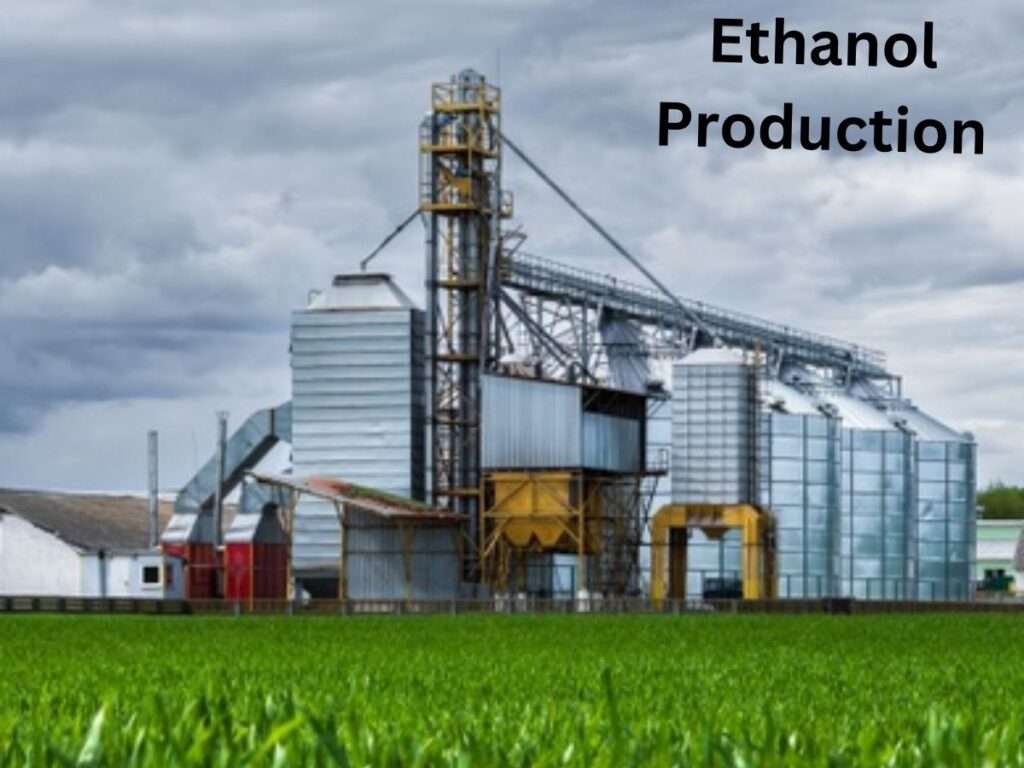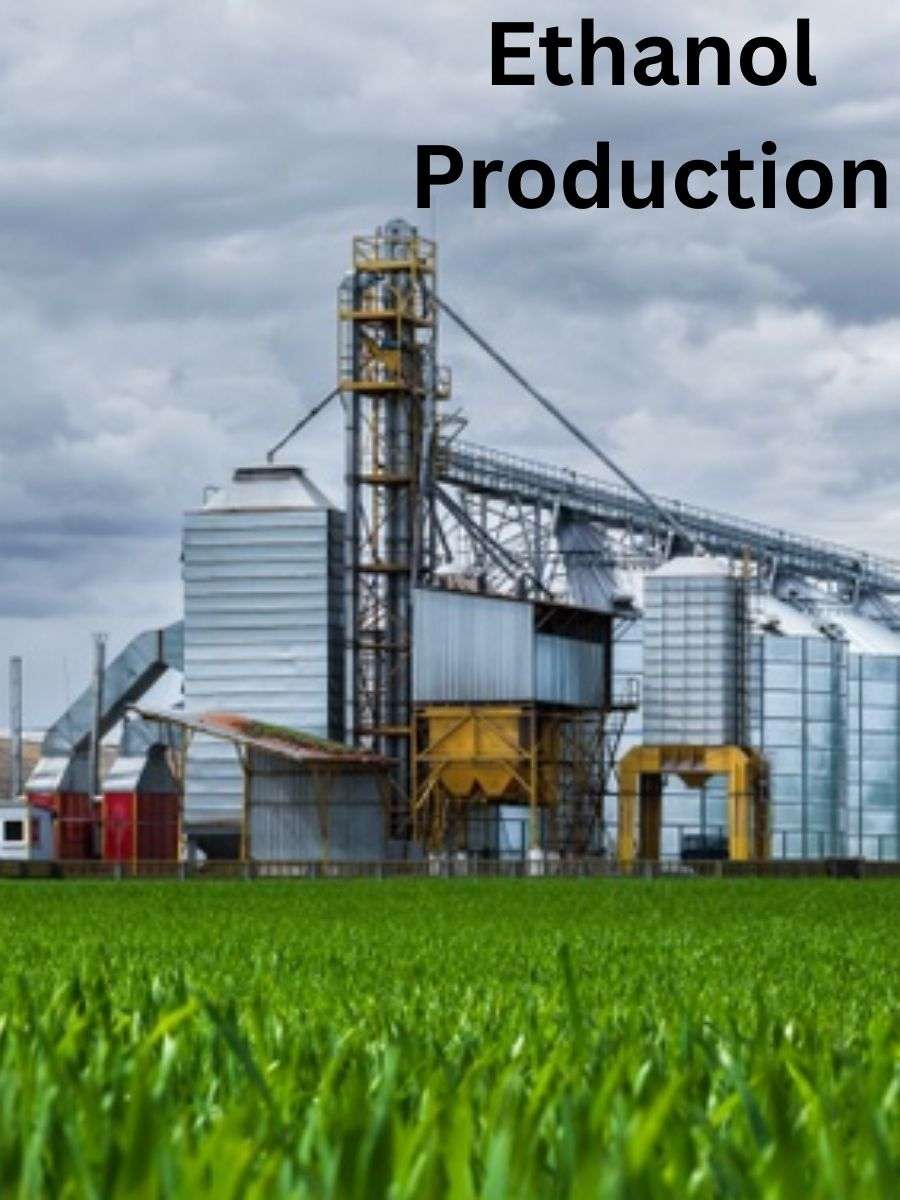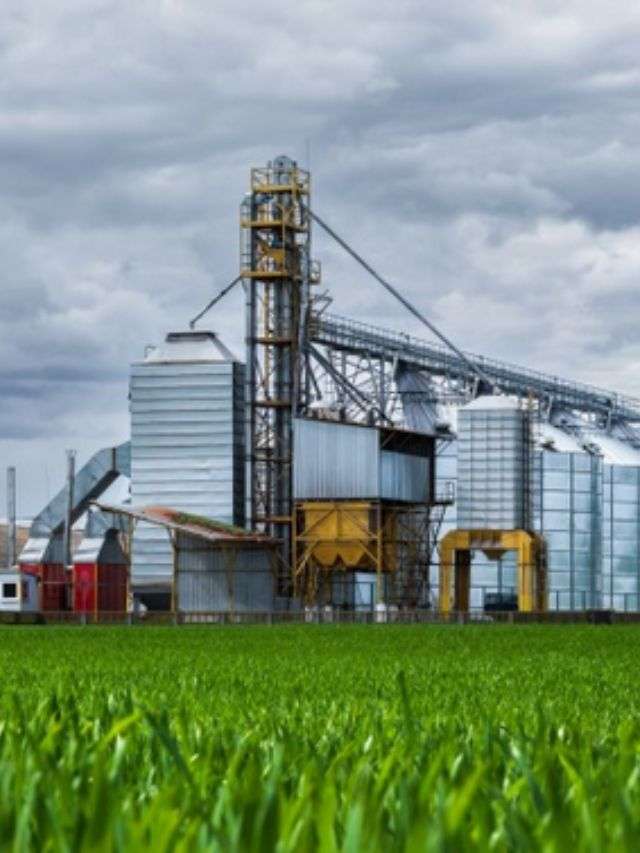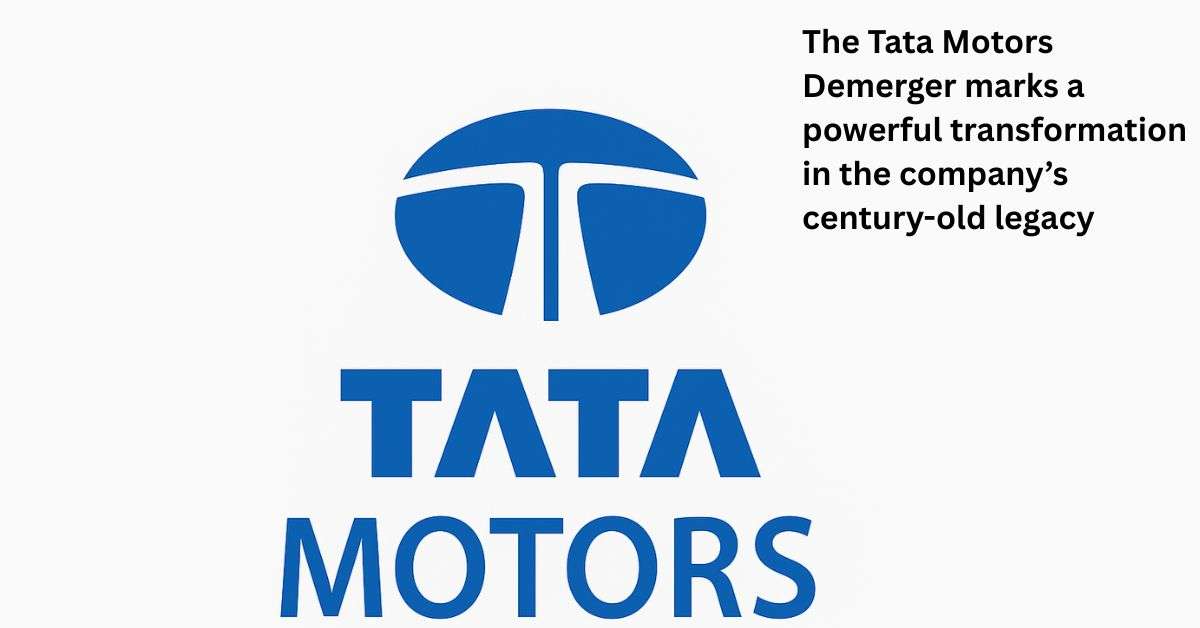Introduction
India’s push toward renewable energy has gained significant momentum in recent years, with ethanol production playing a crucial role in the country’s efforts to reduce carbon emissions and reliance on imported fossil fuels. In a major policy shift, the Indian government has removed the cap on sugar diversion for ethanol production for the Ethanol Supply Year (ESY) 2024-25, starting November 1, 2024. This move is expected to significantly boost ethanol output by expanding the range of sugarcane derivatives that can be used, aligning with the country’s renewable energy goals.

Key Changes in the Policy
Inclusion of Cane Juice and Syrup
One of the most notable changes in the new policy is the full inclusion of cane juice and syrup in ethanol production. Previously, the use of these materials was restricted, limiting the potential for ethanol output. By allowing the unrestricted use of cane juice and syrup, the government aims to enhance the efficiency of ethanol production, offering sugar mills more flexibility in their operations.
Use of B-Heavy and C-Heavy Molasses
In addition to cane juice and syrup, the policy now permits the use of B-Heavy and C-Heavy molasses for ethanol production. These by-products of sugar production vary in sugar content, with B-Heavy molasses containing more fermentable sugars than C-Heavy molasses. By diversifying the raw materials available for ethanol production, the government hopes to optimize ethanol yields and meet the growing demand for renewable energy sources.
Removal of the Sugar Diversion Cap
Perhaps the most significant aspect of the policy change is the removal of the cap on sugar diversion for ethanol production. Previously, there was a limit on how much sugar could be diverted from traditional sugar production to ethanol manufacturing. This cap removal grants sugar mills the freedom to increase their ethanol production significantly, which could play a key role in meeting the government’s ethanol blending targets.
Implications for the Sugar Industry
Impact on Sugar Availability and Pricing
The removal of the sugar diversion cap could have notable implications for the sugar industry. On one hand, diverting more sugar for ethanol production may reduce the availability of sugar for domestic consumption, potentially leading to higher prices. However, the government has put in place monitoring measures to ensure that the domestic sugar supply remains stable, mitigating the risk of significant price increases.
Opportunities for Sugar Mills
For sugar mills, this policy change presents an opportunity to diversify their revenue streams. By producing more ethanol, especially during periods of sugar surplus, mills can stabilize their income and reduce their reliance on volatile sugar prices. This could lead to a more resilient sugar industry, better equipped to handle fluctuations in the market.
Sugar Diversion: Boosting Ethanol Production in India
Alignment with Renewable Energy Goals
The Indian government’s broader strategy to increase the use of renewable energy includes ambitious targets for ethanol blending in petrol. The goal is to achieve 20% ethanol blending by 2025. The removal of the sugar diversion cap and the expanded use of sugarcane derivatives are critical steps toward meeting these targets. Increased ethanol production will help reduce greenhouse gas emissions and lessen India’s dependence on imported oil.
Role of FCI’s Rice Procurement
In addition to expanding the use of sugarcane derivatives, the government has allowed distilleries to purchase up to 2.3 million metric tons of rice from the Food Corporation of India (FCI) exclusively for ethanol production. This move is expected to further increase ethanol output, providing a steady supply of ethanol to meet the blending requirements.
Monitoring and Regulatory Measures
Collaborative Efforts Between DFPD and MoPNG
To ensure that the increased focus on ethanol production does not negatively impact the availability of sugar for domestic consumption, the Department of Food and Public Distribution (DFPD) will work closely with the Ministry of Petroleum and Natural Gas (MoPNG). These agencies will periodically review the levels of sugar diversion and adjust policies as needed to maintain a balance between ethanol production and sugar supply.
Future Prospects for Ethanol Production
Long-Term Impact on India’s Energy Sector
The policy changes are expected to have a long-lasting impact on India’s energy sector. By increasing ethanol production, India can reduce its carbon footprint and advance toward a more sustainable energy future. The expanded use of cane juice, syrup, and molasses in ethanol production will likely encourage innovation in the industry, leading to more efficient and sustainable practices.
Potential Challenges
While the policy shift offers significant benefits, it also presents challenges. The sugar industry will need to carefully manage the balance between sugar and ethanol production to avoid disruptions in the market. Additionally, the government’s ability to monitor and regulate the diversion of sugar will be crucial in maintaining stability in both the sugar and ethanol markets.
Conclusion
The removal of the cap on sugar diversion for ethanol production marks a significant step forward in India’s renewable energy journey. By expanding the range of materials that can be used for ethanol production and removing restrictions on sugar diversion, the government is paving the way for increased ethanol output and a more sustainable energy future. However, the success of this policy will depend on careful monitoring and collaboration between industry stakeholders and government agencies to ensure that the benefits are fully realized while mitigating potential risks.
Open Your Demat Account with Discount Brokers:
ZERODHA 1) : https://zerodha.com/open-account?c=EJ4366
Angelone 2) : https://tinyurl.com/2gloc3g6 or
Upstox3): https://link.upstox.com/9w4tNo1rK8au7VK47










